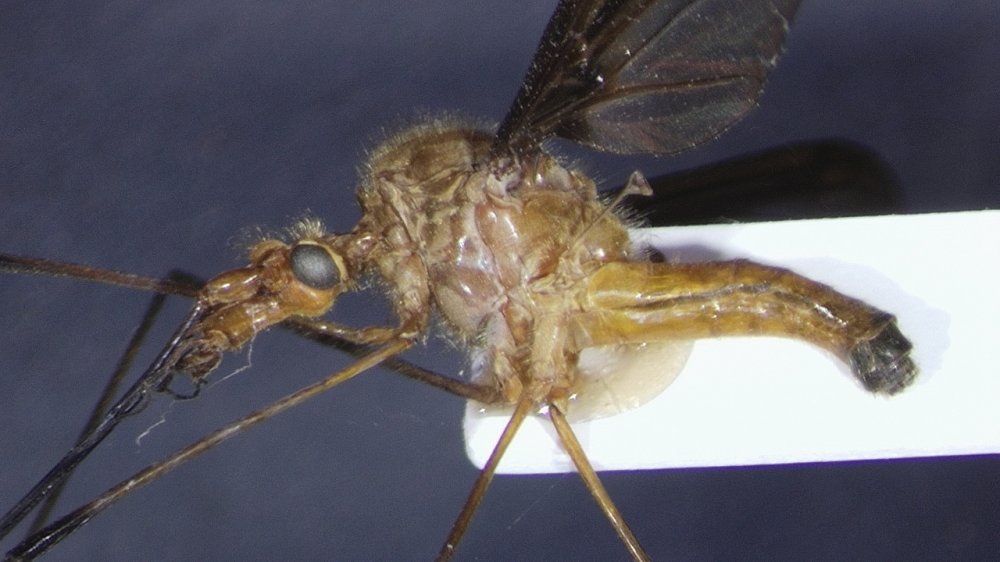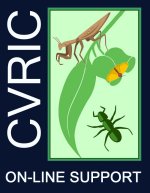History

Entomology developed rapidly in the 19th and 20th centuries, and was studied by large numbers of people, including such notable figures as Charles Darwin, Jean-Henri Fabre, Vladimir Nabokov, Karl von Frisch (winner of the 1973 Nobel Prize in Physiology or Medicine), and two-time Pulitzer Prize winner E. O. Wilson.
There has also been a history of people becoming entomologists through museum curation and research assistance, such as Sophie Lutterlough at the Smithsonian National Museum of Natural History. Insect identification is an increasingly common hobby, with butterflies and dragonflies being the most popular.
Most insects can easily be recognized to order such as Hymenoptera (bees, wasps, and ants) or Coleoptera (beetles). However, insects other than Lepidoptera (butterflies and moths) are typically identifiable to genus or species only through the use of Identification keys and Monographs. Because the class Insecta contains a very large number of species (over 330,000 species of beetles alone) and the characteristics separating them are unfamiliar, and often subtle (or invisible without a microscope), this is often very difficult even for a specialist. This has led to the development of automated species identification systems targeted on insects, for example, Daisy, ABIS, SPIDA and Draw-wing.




